Most people take it for granted that pilots must communicate over the radio with ATC (air traffic control). After all, how else can airplanes know what to do and when to do it?
The fact is, for private pilots, there are lots of situations where no communication with ATC is required or even possible. (For airline pilots and others taking passengers for hire, communication with ATC is required whenever possible.)
In the early days of flying, there was no ATC. Pilots did pretty much whatever they wanted to do in this total absence of oversight. Later, as the number of airborne machines increased dramatically, the need for some kind of coordination among the airplanes became evident. The kernel of ATC was born. It has grown astoundingly into an essentially-worldwide system today.
But ATC may not operate the way you assume it does, and its role is probably different from what you imagine.
This article will focus on private planes flying in the USA. The role and operation of ATC in other countries can be somewhat different as can the rules governing aviation. For example, private planes may not fly at night in Mexico, but they may do so in the United States.
Radar
Except when controllers in control towers at airports can actually see the airplanes with whom they are communicating, ATC relies on radar to see airplanes and to get additional information from them. Simply, radar is a system where an airplane’s location and other information can be displayed on a scope, like a TV set.
Although there are a very few places over the continental USA where ATC’s radar has no coverage, virtually everywhere else, ATC can see a “blip” of an airplane.
The “additional information” ATC may have can include the airplane’s call sign, its altitude, its speed, and its assigned code (called a “squawk”). With every sweep of the radar, moving objects move just a bit, carrying their information with them. And when a controller transfers the airplane’s oversight to another controller, all of that information is already there.
ATC’s Main Jobs
ATC’s job is to help ensure safety for aircraft with whom they are communicating. The main way they do this is by helping to separate aircraft. This is the main way that ATC uses radar.
When airplanes are actually in the air, different facilities of air traffic control may be communicating with them. The list includes ground control, control towers, approach controls, and what’s called “center.” Center typically handles the “big iron” (airliners) at the highest normally-flown altitudes (typically, when en route, at and above 30,000 feet). All of these ATC facilities have radars that encompass different sectors of the sky and different altitudes. It all gets kind of complex, but pilots and air traffic controllers are very used to this, so it’s no problem to know with whom to speak and when to do it.
Another way that ATC can assist aircraft is with information on weather. Although ATC is limited in how much weather it can show, the controllers can often tell a pilot whether or not there are thunderstorms in the direction in which he or she is flying or associated phenomena like wind shear and precipitation. The fact that ATC can often do this is a reason the pilot may choose to communicate with ATC even if he or she is not required to at the moment.
Flight service stations also provide weather and flight planning information. In fact, those stations have the main people responsible for such assistance to the pilot.
There’s quite a bit of aeronautica that affects how pilots fly and how they get information that involves no contact with ATC. Let’s look into this.
Flying the Hemispheric Rule
There are rules commonly referred to as “Federal Aviation Regulations” (“FARs”) that govern air traffic. There is also a publication called the Airman’s Information Manual (“AIM”) that has procedures to help pilots fly well and maintain high standards of safety.
Lots of the FARs help ensure aircraft separation whether or not ATC is involved at the moment. For example, the hemispheric rule helps keep airplanes apart by restricting the altitudes they may fly en route based on the direction their heading. Virtually anywhere on the planet, one can imagine two “hemispheres” of the earth, demarcated by a line running from magnetic north to magnetic south. This is the source of the rule’s odd name.
Simplified rule statement for pilots flying VFR: Fly even-thousand altitudes plus 500 feet if flying westbound, or odd-thousand altitudes plus 500 feet if flying westbound. There are details about how to handle it if not flying due west or east, but they won’t concern us here.
Let’s say that our pilot, Henry, wants to fly as near 5000 feet in altitude because the air is smoother there at the moment. If he is flying under VFR (visual flight rules), Henry is expected to travel above the earth at altitudes like 3500 feet, 4500 feet, 5500 feet, etc. Three-thousand or 4,000 feet, for example, are not available as en route altitudes due to the VFR version of the hemispheric rule.
In the situation where our pilots want to be near 5,000 feet, the hemispheric rule says that Henry, who wants to fly westbound, must choose 4500 feet. He would need to choose 5500 feet if the trip were eastbound. I think you can see the effect of this rule is that airplanes traveling in opposite directions are much less likely to hit each other.
There are lots of occasions, however, when a conflict could exist. What if one airplane were climbing toward another one? If both were talking to ATC, the controller’s job would be to direct one or the other or both to modify their directions a flight so the airplanes would be “separated,” therefore less likely to hit each other.
The fact is, ATC does not cover all the airspace in the United States and even if there is radar coverage is over a particular area.
Airspace
One thing affecting whether or not communication is required between ATC and the pilot of a private plane is the type of airspace the airplane is occupying. In the USA there are six basic airspace types, called classes A, B, C, D, E, and G. An airplane in classes A through D must always be either communication with ATC or at least have established contact with ATC. Class E airspace is more related to weather requirement than it is to communication and in most cases does not require ATC communications. Class G (it’s called “uncontrolled” airspace) never requires VFR pilots to be in communication with ATC.
I know you are wondering: There is no class F airspace in the United States.
If A Pilot Doesn’t Have to Talk to ATC, How do Pilots Keep from Hitting Each Other?
Keeping in mind that we are discussing airplanes flying under VFR only: The pilots themselves are responsible for avoiding other aircraft (and buildings and towers, etc.). The process is called, “see-and-avoid,” and all pilots are trained in how to scan the visual world outside to help ensure that airplanes don’t hit each other.
An intermediate way that does involve talking with ATC is for the pilot to obtain “flight following.” In this case, ATC offers some advisories to VFR pilots about other aircraft; they also suggest deviations (like, “turn 15 degrees right and descend”) to help avoid other airplanes in their vicinities.
Going NORDO
A pilot can fly exclusively in Class G airspace and never have to talk with ATC. In fact, the pilot would not even have to talk with other pilots!
Is this advisable? I don’t think so, but it is legal.
Also, a pilot may be in an airplane with no radios installed or available, or the existing radios may not be working. This no-radio situation is called “NORDO.”
Flights into controlled airspace when NORDO need to be pre-coordinated with ATC unless of course, the radios have failed in flight. If the latter occurs, there are procedures known to trained pilots to deal with the surprise NORDO condition.
So one can fly with no radio contact. Would you want to fly without the ability to communicate with ATC or other pilots, even if it’s legal?
Ready to soar in your aviation career?
Mr. Matthew A. Johnston has over 23 years of experience serving various roles in education and is currently serving as the President of California Aeronautical University. He maintains memberships and is a supporting participant with several aviation promoting and advocacy associations including University Aviation Association (UAA), Regional Airline Association (RAA), AOPA, NBAA, and EAA with the Young Eagles program. He is proud of his collaboration with airlines, aviation businesses and individual aviation professionals who are working with him to develop California Aeronautical University as a leader in educating aviation professionals.
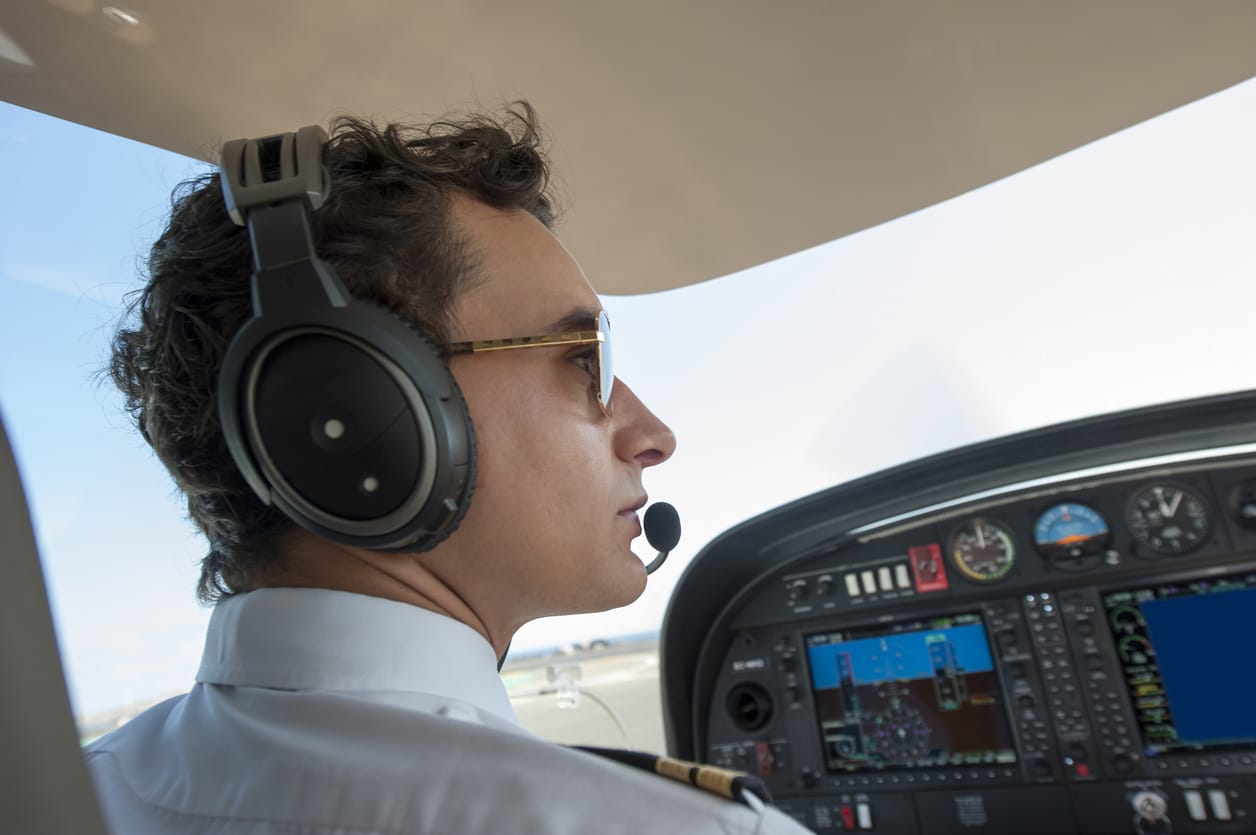

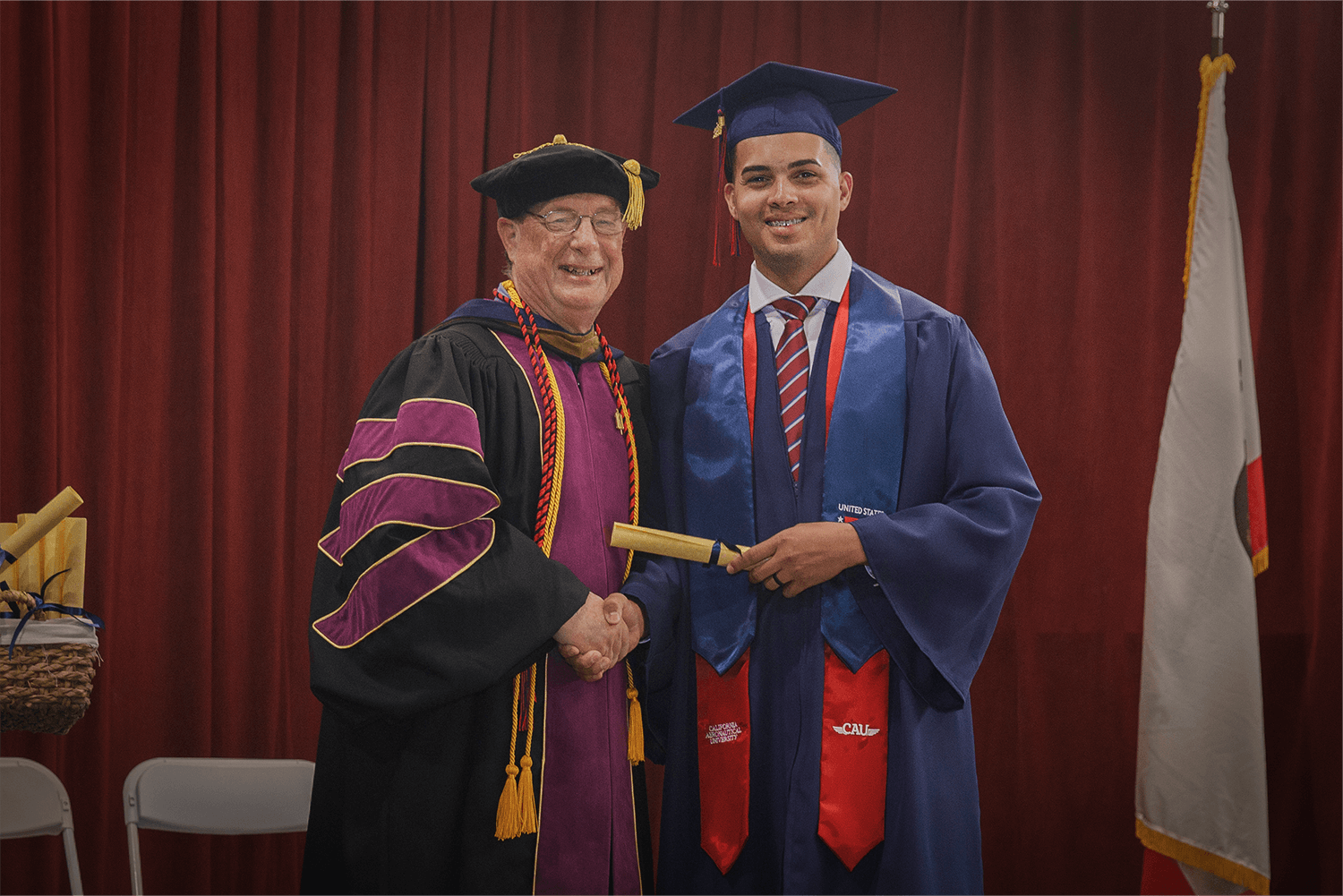
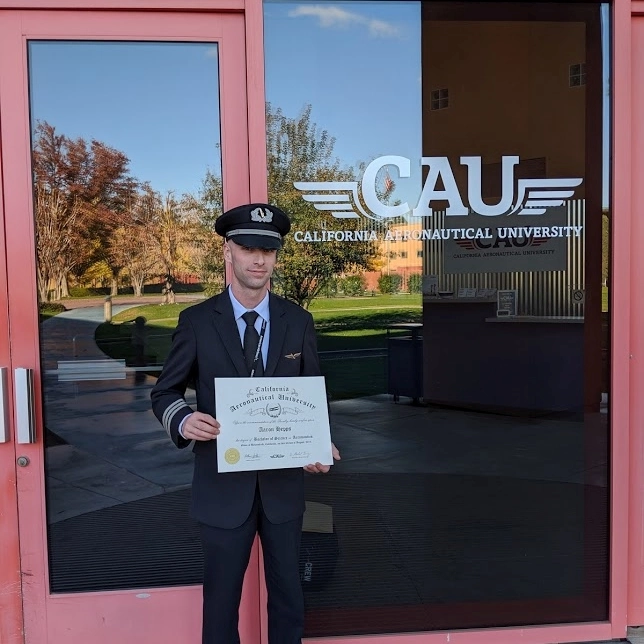

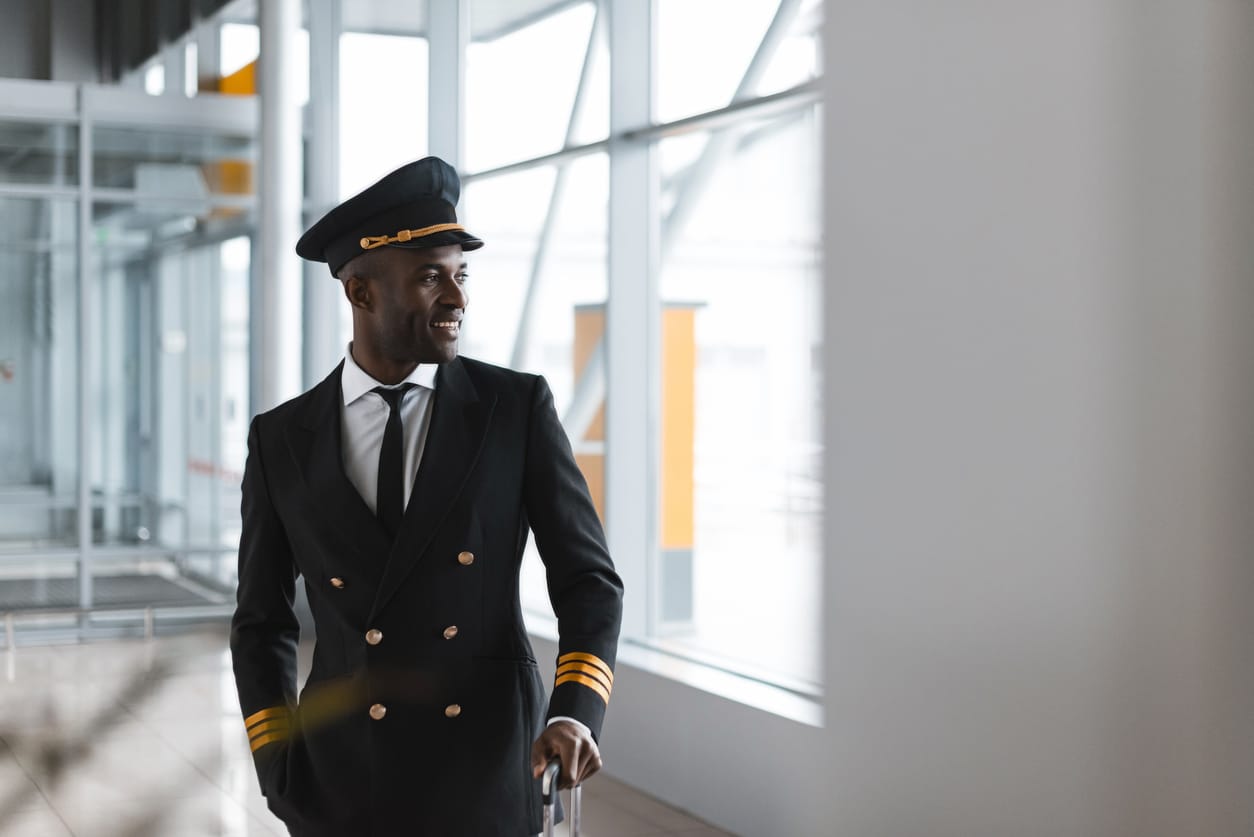
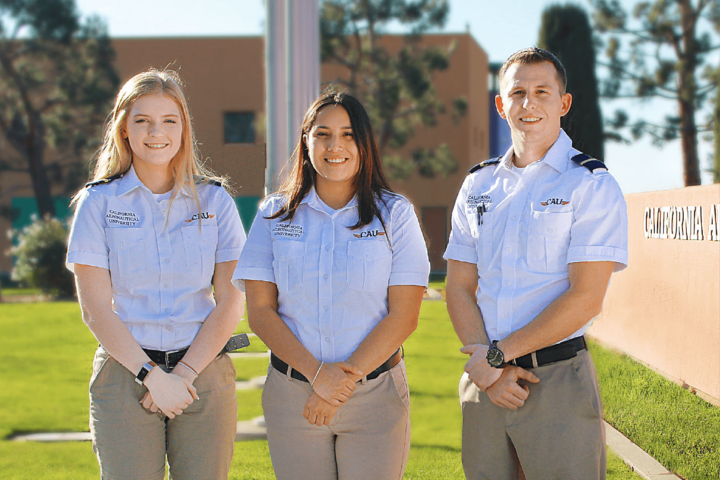
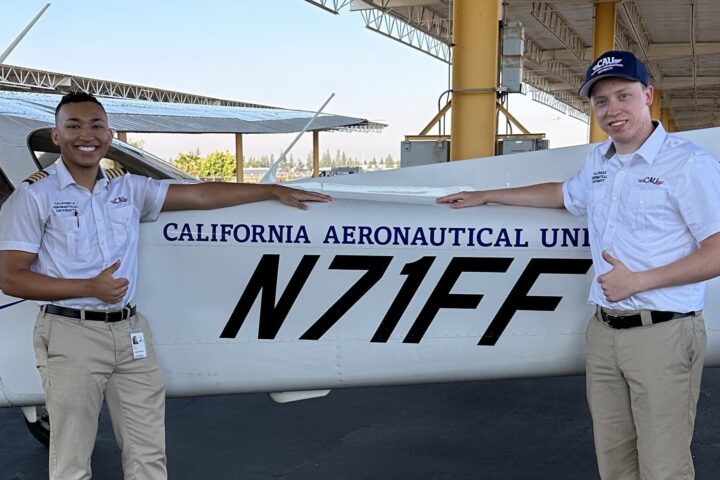


A very helpful and educational post. Thank you for sharing this.
Thank you!